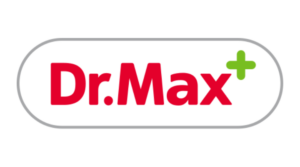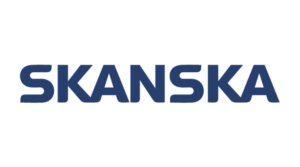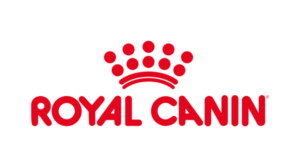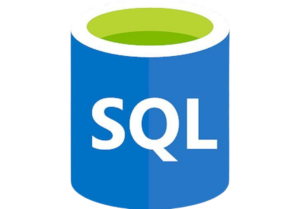Digital transformation in healthcare







Healthcare





Technologies:
Challenge
The hospital faced several critical challenges affecting patient care and operational efficiency:

Patient admission and discharge data were not integrated, leading to delays in assigning beds and overcrowding in emergency departments.

Limited visibility into staff schedules and equipment usage resulted in underutilized resources and increased operational costs.

Administrative, clinical, and financial data were stored in disparate systems, making it difficult to generate comprehensive performance reports.

The lack of predictive analytics tools hindered the hospital’s ability to forecast patient influx and allocate resources accordingly.
Solution
We implemented a centralized data and analytics solution to address these challenges:

Unified Data Platform:
- Consolidated patient records, staff schedules, and inventory data into Azure Synapse Analytics for real-time access and historical analysis.
- Azure SQL Database provided a secure and scalable environment for transactional data.

Operational Dashboards:
- Designed Power BI dashboards to monitor bed availability, patient discharge processes, and staff allocation in real time.
- Introduced interactive visuals to track inventory levels and equipment usage across departments.

Predictive Analytics for Patient Flow:
- Utilized machine learning models within Azure Synapse Analytics to forecast patient admission patterns based on historical and seasonal data.
- Integrated predictions into Power BI dashboards, enabling proactive resource allocation.

Comprehensive Reporting:
- Automated report generation for administrative, clinical, and financial teams, reducing manual work and enhancing decision-making.
Results
The hospital experienced significant improvements in operations and patient care:

Real-time tracking reduced patient wait times in the emergency department by 20%, ensuring quicker access to care.

Enhanced visibility into schedules and inventory reduced staff downtime by 23% and minimized equipment shortages.

Automated reporting processes saved administrative staff 40 hours per week, allowing them to focus on higher-value tasks.

Predictive models improved preparedness for seasonal patient surges, reducing overcrowding during peak times.